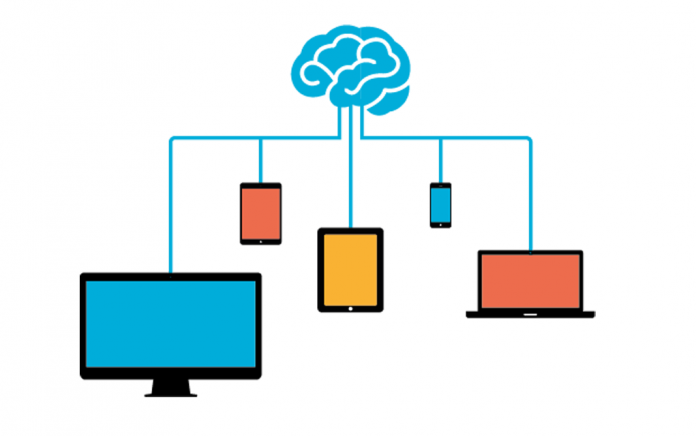Ryan Higginson, vice president of global inside sales at Pitney Bowes, explains how digital transformation can help to take your business to the next level.
1. Map your move to digital against your business priorities
What do you most want your business to achieve, and what tools could help you do this? Informed business decisions are built on data, so that’s a good place to start. Use what data you have to give you insights: if your sales funnel is growing and you want to formalise your customer relationship management, you might consider Salesforce or an alternative CRM system; if you have sales people with different commission amounts each month, the latest accounting software would work well; and if you need to meet new industry regulations such as the GDPR, you might want to consider ways of protecting your physical and digital customer information.
2. Let your customers drive your digitalisation strategy
How do they prefer to get in touch with you? Email, phone, or through your website? Which types of marketing communication do they best respond to? Their responses will help you prioritise your digital tools.
3. Gather as much data from your customers as you can
You can put in place clever analytics behind your website to follow your customers’ browsing journey, or you can create a simple form for your customers to complete when they make an enquiry with you. Collect data you might not think you need – mobile numbers will become invaluable for marketing in the future, if not now, so think long-term.
4. Consider the cloud
Data needs to be accessible if you’re going to use it to extract insight. Cloud storage is a great solution, cost-effective and accessible from any device. Similarly, if you do business through your website, look for a cloud-based platform which brings together a wide range of innovative software and applications, from e-commerce payment to shipping tools.
5. Identify how you can make your communication work harder
Personalisation is absolutely critical to the success of marketing communications, and once you’ve collected your customer data digitally and started to manage it effectively, you have the potential to deliver highly personalised, relevant, contextual communication. Digitalisation is key here.
6. Become a beta trialist
Vendors are often on the lookout for businesses to trial their technologies and provide feedback, and many will offer a trial subscription to a software platform before you sign up. Take advantage of these offers as they can be fantastic introductions to new ways of working.
7. Consider how your workforce will evolve
Do you have mobile workers, or could flexible working give you access to a wider talent pool? Do you need to make sure your mobile workers have access to exactly the same tools and technologies as they do in the office? The latest mail platforms convert mail that comes into an office in physical format, into digital format so it can quickly and securely reach the addressee.
8. If you’re a government organisation
Think about which tools will help you best meet digital targets, and find out what’s working for other local government agencies in your area – they can share best practices and outcomes.
9. Make sure you have the right foundations in place
There’s not much point investing in digital tools and systems if you have a slow and creaking infrastructure underneath them. Talk to your network provider to check you have the bandwidth in place to support your technology objectives. Moving to a different tariff could get you more bandwidth and a faster service for a similar cost.
10. Finally, think about how it all works together
Separate apps, tools and systems that don’t talk to each other are frustrating and hinder progress. One of the benefits of digitalisation is that it provides a connected, integrated approach, so speak to partners or managed service providers who will make sure everything is joined up.


